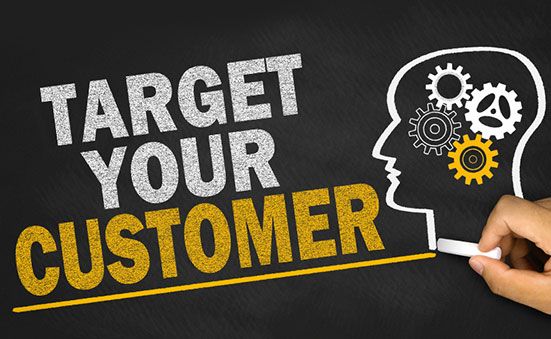Accounting is the language of business. Not having accurate accounting information is like trying to get on the right train in Tokyo when you don’t speak Japanese. In the end, you will be lost and unsure of your business’ financial footprint.
Whether you’re just opening up shop or you own a thriving business, accounting software can make your life easier and save you hundreds of hours of time and stress. The best accounting software can perform most accounting tasks, such as keeping track of expenses and daily transactions, paying bills and employees, sending recurring invoices and syncing data across financial accounts. There’s no substitute for an accounting pro who knows the ins and outs of tax law, but today’s packages can help you with everything from routine bookkeeping to payroll, taxes, and planning.
When Business News Daily asked small business owners what made the “perfect” accounting software, there was one resounding requirement across the board. The best accounting software saves business owners time and doesn’t add to the already stressful nature of owning a small business.
The good news is there are more accounting software options than ever, including subscription Web-based options that don’t require their users to install or update software. Many businesses, however, including those that need to track large inventories or client databases, and those that prefer not to entrust their data to the cloud, may be happier with a desktop tool. Below are four of today’s favorite options among small business owners:
- Wave is a free, easy-to-use program that also has some surprisingly strong accounting and invoicing tools.
- Gusto ($29 per month) is inexpensive, has a simple and attractive interface, and incorporates the payroll tools most often required by small businesses.
- FreshBooks (from $19.95 per month) is exceedingly friendly, understandable, and attractive. FreshBooks is the site to beat when it comes to managing and tracking invoices, time and expenses for the very small business.
- QuickBooks Online ($39.95 per month) is a cloud-based accounting application that includes the most comprehensive set of features for small business. It’s easy to use, aesthetically pleasing, and has numerous integrated add-ons. QuickBooks can also be purchased as a desktop install.
Purchasing the right accounting software and then using it is one of the most important ways to know the financial state of your business. However, if you don’t take the time to extract information from the software, analyze that information and then use it to make decisions, the software is just another wasted purchase. Without knowing how your company has performed financially, it is impossible to predict where it can go. In addition to reviewing the monthly financial statements (profit and loss and balance sheet), consider adding these four items to your think time:
1. The Quick Ratio (> 1)
By definition, the quick ratio is found on a company’s balance sheet and is the business’ current assets (cash and accounts receivables) divided by its current liabilities. A favorite metric of every bank when considering a loan, the quick ratio is a measure of the financial stability of a business. It shows that the company has more cash available than the short-term money it owes. In most industries, a healthy quick ratio should be greater than 1.
2. Top 10 Customers
While all customers are important, not all of them are created equal. Who are the 10 most important customers that contribute to the success of your company? This is measured not only by revenue, but also the additional products they buy. In many companies, these top customers contribute 70 to 80 percent of the total revenue. Remember, it is typically easier to sell more to these established customers than find new ones.
3. Days Sales Outstanding (< 133%)
Days sales outstanding (DSO) is the average number of days it takes for customers to pay. The smaller the number, the better, since the business can use that cash more quickly. The number should be less than 133% of the payment terms with a customer. For example, if terms are 30 days, the DSO should be 40 or less. DSO can be improved by giving out less customer credit or collecting payments more quickly.
4. Operating Cash Flow (> $1)
How much positive operating cash flow did the business produce last month? Profit is important, but cash flow is king. By definition, cash flow is simply the sum of your monthly profit and any changes in accounts payable, accounts receivable and inventory. The higher this number is, the healthier the company is.
Striving to make smarter and more profitable decisions is the basis of financial success. Having an accounting system and using it to make those decisions is a great start.

